Lawn Maintenance
Landscaping
Golf Courses
Sports Fields
Gasoline Engine
Diesel Engine
Electric Engine
Compact
Medium
Large
Residential
Commercial
Municipal
North America
Europe
South America
Asia Pacific
Middle East and Africa
North America Outlook (USD Billion, 2019-2032)
North America Zero Turn Mowers Market by Application Type
Lawn Maintenance
Landscaping
Golf Courses
Sports Fields
North America Zero Turn Mowers Market by Engine Type
Gasoline Engine
Diesel Engine
Electric Engine
North America Zero Turn Mowers Market by Mower Size Type
Compact
Medium
Large
North America Zero Turn Mowers Market by End Use Type
Residential
Commercial
Municipal
North America Zero Turn Mowers Market by Regional Type
US
Canada
US Outlook (USD Billion, 2019-2032)
US Zero Turn Mowers Market by Application Type
Lawn Maintenance
Landscaping
Golf Courses
Sports Fields
US Zero Turn Mowers Market by Engine Type
Gasoline Engine
Diesel Engine
Electric Engine
US Zero Turn Mowers Market by Mower Size Type
Compact
Medium
Large
US Zero Turn Mowers Market by End Use Type
Residential
Commercial
Municipal
CANADA Outlook (USD Billion, 2019-2032)
CANADA Zero Turn Mowers Market by Application Type
Lawn Maintenance
Landscaping
Golf Courses
Sports Fields
CANADA Zero Turn Mowers Market by Engine Type
Gasoline Engine
Diesel Engine
Electric Engine
CANADA Zero Turn Mowers Market by Mower Size Type
Compact
Medium
Large
CANADA Zero Turn Mowers Market by End Use Type
Residential
Commercial
Municipal
Europe Outlook (USD Billion, 2019-2032)
Europe Zero Turn Mowers Market by Application Type
Lawn Maintenance
Landscaping
Golf Courses
Sports Fields
Europe Zero Turn Mowers Market by Engine Type
Gasoline Engine
Diesel Engine
Electric Engine
Europe Zero Turn Mowers Market by Mower Size Type
Compact
Medium
Large
Europe Zero Turn Mowers Market by End Use Type
Residential
Commercial
Municipal
Europe Zero Turn Mowers Market by Regional Type
Germany
UK
France
Russia
Italy
Spain
Rest of Europe
GERMANY Outlook (USD Billion, 2019-2032)
GERMANY Zero Turn Mowers Market by Application Type
Lawn Maintenance
Landscaping
Golf Courses
Sports Fields
GERMANY Zero Turn Mowers Market by Engine Type
Gasoline Engine
Diesel Engine
Electric Engine
GERMANY Zero Turn Mowers Market by Mower Size Type
Compact
Medium
Large
GERMANY Zero Turn Mowers Market by End Use Type
Residential
Commercial
Municipal
UK Outlook (USD Billion, 2019-2032)
UK Zero Turn Mowers Market by Application Type
Lawn Maintenance
Landscaping
Golf Courses
Sports Fields
UK Zero Turn Mowers Market by Engine Type
Gasoline Engine
Diesel Engine
Electric Engine
UK Zero Turn Mowers Market by Mower Size Type
Compact
Medium
Large
UK Zero Turn Mowers Market by End Use Type
Residential
Commercial
Municipal
FRANCE Outlook (USD Billion, 2019-2032)
FRANCE Zero Turn Mowers Market by Application Type
Lawn Maintenance
Landscaping
Golf Courses
Sports Fields
FRANCE Zero Turn Mowers Market by Engine Type
Gasoline Engine
Diesel Engine
Electric Engine
FRANCE Zero Turn Mowers Market by Mower Size Type
Compact
Medium
Large
FRANCE Zero Turn Mowers Market by End Use Type
Residential
Commercial
Municipal
RUSSIA Outlook (USD Billion, 2019-2032)
RUSSIA Zero Turn Mowers Market by Application Type
Lawn Maintenance
Landscaping
Golf Courses
Sports Fields
RUSSIA Zero Turn Mowers Market by Engine Type
Gasoline Engine
Diesel Engine
Electric Engine
RUSSIA Zero Turn Mowers Market by Mower Size Type
Compact
Medium
Large
RUSSIA Zero Turn Mowers Market by End Use Type
Residential
Commercial
Municipal
ITALY Outlook (USD Billion, 2019-2032)
ITALY Zero Turn Mowers Market by Application Type
Lawn Maintenance
Landscaping
Golf Courses
Sports Fields
ITALY Zero Turn Mowers Market by Engine Type
Gasoline Engine
Diesel Engine
Electric Engine
ITALY Zero Turn Mowers Market by Mower Size Type
Compact
Medium
Large
ITALY Zero Turn Mowers Market by End Use Type
Residential
Commercial
Municipal
SPAIN Outlook (USD Billion, 2019-2032)
SPAIN Zero Turn Mowers Market by Application Type
Lawn Maintenance
Landscaping
Golf Courses
Sports Fields
SPAIN Zero Turn Mowers Market by Engine Type
Gasoline Engine
Diesel Engine
Electric Engine
SPAIN Zero Turn Mowers Market by Mower Size Type
Compact
Medium
Large
SPAIN Zero Turn Mowers Market by End Use Type
Residential
Commercial
Municipal
REST OF EUROPE Outlook (USD Billion, 2019-2032)
REST OF EUROPE Zero Turn Mowers Market by Application Type
Lawn Maintenance
Landscaping
Golf Courses
Sports Fields
REST OF EUROPE Zero Turn Mowers Market by Engine Type
Gasoline Engine
Diesel Engine
Electric Engine
REST OF EUROPE Zero Turn Mowers Market by Mower Size Type
Compact
Medium
Large
REST OF EUROPE Zero Turn Mowers Market by End Use Type
Residential
Commercial
Municipal
APAC Outlook (USD Billion, 2019-2032)
APAC Zero Turn Mowers Market by Application Type
Lawn Maintenance
Landscaping
Golf Courses
Sports Fields
APAC Zero Turn Mowers Market by Engine Type
Gasoline Engine
Diesel Engine
Electric Engine
APAC Zero Turn Mowers Market by Mower Size Type
Compact
Medium
Large
APAC Zero Turn Mowers Market by End Use Type
Residential
Commercial
Municipal
APAC Zero Turn Mowers Market by Regional Type
China
India
Japan
South Korea
Malaysia
Thailand
Indonesia
Rest of APAC
CHINA Outlook (USD Billion, 2019-2032)
CHINA Zero Turn Mowers Market by Application Type
Lawn Maintenance
Landscaping
Golf Courses
Sports Fields
CHINA Zero Turn Mowers Market by Engine Type
Gasoline Engine
Diesel Engine
Electric Engine
CHINA Zero Turn Mowers Market by Mower Size Type
Compact
Medium
Large
CHINA Zero Turn Mowers Market by End Use Type
Residential
Commercial
Municipal
INDIA Outlook (USD Billion, 2019-2032)
INDIA Zero Turn Mowers Market by Application Type
Lawn Maintenance
Landscaping
Golf Courses
Sports Fields
INDIA Zero Turn Mowers Market by Engine Type
Gasoline Engine
Diesel Engine
Electric Engine
INDIA Zero Turn Mowers Market by Mower Size Type
Compact
Medium
Large
INDIA Zero Turn Mowers Market by End Use Type
Residential
Commercial
Municipal
JAPAN Outlook (USD Billion, 2019-2032)
JAPAN Zero Turn Mowers Market by Application Type
Lawn Maintenance
Landscaping
Golf Courses
Sports Fields
JAPAN Zero Turn Mowers Market by Engine Type
Gasoline Engine
Diesel Engine
Electric Engine
JAPAN Zero Turn Mowers Market by Mower Size Type
Compact
Medium
Large
JAPAN Zero Turn Mowers Market by End Use Type
Residential
Commercial
Municipal
SOUTH KOREA Outlook (USD Billion, 2019-2032)
SOUTH KOREA Zero Turn Mowers Market by Application Type
Lawn Maintenance
Landscaping
Golf Courses
Sports Fields
SOUTH KOREA Zero Turn Mowers Market by Engine Type
Gasoline Engine
Diesel Engine
Electric Engine
SOUTH KOREA Zero Turn Mowers Market by Mower Size Type
Compact
Medium
Large
SOUTH KOREA Zero Turn Mowers Market by End Use Type
Residential
Commercial
Municipal
MALAYSIA Outlook (USD Billion, 2019-2032)
MALAYSIA Zero Turn Mowers Market by Application Type
Lawn Maintenance
Landscaping
Golf Courses
Sports Fields
MALAYSIA Zero Turn Mowers Market by Engine Type
Gasoline Engine
Diesel Engine
Electric Engine
MALAYSIA Zero Turn Mowers Market by Mower Size Type
Compact
Medium
Large
MALAYSIA Zero Turn Mowers Market by End Use Type
Residential
Commercial
Municipal
THAILAND Outlook (USD Billion, 2019-2032)
THAILAND Zero Turn Mowers Market by Application Type
Lawn Maintenance
Landscaping
Golf Courses
Sports Fields
THAILAND Zero Turn Mowers Market by Engine Type
Gasoline Engine
Diesel Engine
Electric Engine
THAILAND Zero Turn Mowers Market by Mower Size Type
Compact
Medium
Large
THAILAND Zero Turn Mowers Market by End Use Type
Residential
Commercial
Municipal
INDONESIA Outlook (USD Billion, 2019-2032)
INDONESIA Zero Turn Mowers Market by Application Type
Lawn Maintenance
Landscaping
Golf Courses
Sports Fields
INDONESIA Zero Turn Mowers Market by Engine Type
Gasoline Engine
Diesel Engine
Electric Engine
INDONESIA Zero Turn Mowers Market by Mower Size Type
Compact
Medium
Large
INDONESIA Zero Turn Mowers Market by End Use Type
Residential
Commercial
Municipal
REST OF APAC Outlook (USD Billion, 2019-2032)
REST OF APAC Zero Turn Mowers Market by Application Type
Lawn Maintenance
Landscaping
Golf Courses
Sports Fields
REST OF APAC Zero Turn Mowers Market by Engine Type
Gasoline Engine
Diesel Engine
Electric Engine
REST OF APAC Zero Turn Mowers Market by Mower Size Type
Compact
Medium
Large
REST OF APAC Zero Turn Mowers Market by End Use Type
Residential
Commercial
Municipal
South America Outlook (USD Billion, 2019-2032)
South America Zero Turn Mowers Market by Application Type
Lawn Maintenance
Landscaping
Golf Courses
Sports Fields
South America Zero Turn Mowers Market by Engine Type
Gasoline Engine
Diesel Engine
Electric Engine
South America Zero Turn Mowers Market by Mower Size Type
Compact
Medium
Large
South America Zero Turn Mowers Market by End Use Type
Residential
Commercial
Municipal
South America Zero Turn Mowers Market by Regional Type
Brazil
Mexico
Argentina
Rest of South America
BRAZIL Outlook (USD Billion, 2019-2032)
BRAZIL Zero Turn Mowers Market by Application Type
Lawn Maintenance
Landscaping
Golf Courses
Sports Fields
BRAZIL Zero Turn Mowers Market by Engine Type
Gasoline Engine
Diesel Engine
Electric Engine
BRAZIL Zero Turn Mowers Market by Mower Size Type
Compact
Medium
Large
BRAZIL Zero Turn Mowers Market by End Use Type
Residential
Commercial
Municipal
MEXICO Outlook (USD Billion, 2019-2032)
MEXICO Zero Turn Mowers Market by Application Type
Lawn Maintenance
Landscaping
Golf Courses
Sports Fields
MEXICO Zero Turn Mowers Market by Engine Type
Gasoline Engine
Diesel Engine
Electric Engine
MEXICO Zero Turn Mowers Market by Mower Size Type
Compact
Medium
Large
MEXICO Zero Turn Mowers Market by End Use Type
Residential
Commercial
Municipal
ARGENTINA Outlook (USD Billion, 2019-2032)
ARGENTINA Zero Turn Mowers Market by Application Type
Lawn Maintenance
Landscaping
Golf Courses
Sports Fields
ARGENTINA Zero Turn Mowers Market by Engine Type
Gasoline Engine
Diesel Engine
Electric Engine
ARGENTINA Zero Turn Mowers Market by Mower Size Type
Compact
Medium
Large
ARGENTINA Zero Turn Mowers Market by End Use Type
Residential
Commercial
Municipal
REST OF SOUTH AMERICA Outlook (USD Billion, 2019-2032)
REST OF SOUTH AMERICA Zero Turn Mowers Market by Application Type
Lawn Maintenance
Landscaping
Golf Courses
Sports Fields
REST OF SOUTH AMERICA Zero Turn Mowers Market by Engine Type
Gasoline Engine
Diesel Engine
Electric Engine
REST OF SOUTH AMERICA Zero Turn Mowers Market by Mower Size Type
Compact
Medium
Large
REST OF SOUTH AMERICA Zero Turn Mowers Market by End Use Type
Residential
Commercial
Municipal
MEA Outlook (USD Billion, 2019-2032)
MEA Zero Turn Mowers Market by Application Type
Lawn Maintenance
Landscaping
Golf Courses
Sports Fields
MEA Zero Turn Mowers Market by Engine Type
Gasoline Engine
Diesel Engine
Electric Engine
MEA Zero Turn Mowers Market by Mower Size Type
Compact
Medium
Large
MEA Zero Turn Mowers Market by End Use Type
Residential
Commercial
Municipal
MEA Zero Turn Mowers Market by Regional Type
GCC Countries
South Africa
Rest of MEA
GCC COUNTRIES Outlook (USD Billion, 2019-2032)
GCC COUNTRIES Zero Turn Mowers Market by Application Type
Lawn Maintenance
Landscaping
Golf Courses
Sports Fields
GCC COUNTRIES Zero Turn Mowers Market by Engine Type
Gasoline Engine
Diesel Engine
Electric Engine
GCC COUNTRIES Zero Turn Mowers Market by Mower Size Type
Compact
Medium
Large
GCC COUNTRIES Zero Turn Mowers Market by End Use Type
Residential
Commercial
Municipal
SOUTH AFRICA Outlook (USD Billion, 2019-2032)
SOUTH AFRICA Zero Turn Mowers Market by Application Type
Lawn Maintenance
Landscaping
Golf Courses
Sports Fields
SOUTH AFRICA Zero Turn Mowers Market by Engine Type
Gasoline Engine
Diesel Engine
Electric Engine
SOUTH AFRICA Zero Turn Mowers Market by Mower Size Type
Compact
Medium
Large
SOUTH AFRICA Zero Turn Mowers Market by End Use Type
Residential
Commercial
Municipal
REST OF MEA Outlook (USD Billion, 2019-2032)
REST OF MEA Zero Turn Mowers Market by Application Type
Lawn Maintenance
Landscaping
Golf Courses
Sports Fields
REST OF MEA Zero Turn Mowers Market by Engine Type
Gasoline Engine
Diesel Engine
Electric Engine
REST OF MEA Zero Turn Mowers Market by Mower Size Type
Compact
Medium
Large
REST OF MEA Zero Turn Mowers Market by End Use Type
Residential
Commercial
Municipal

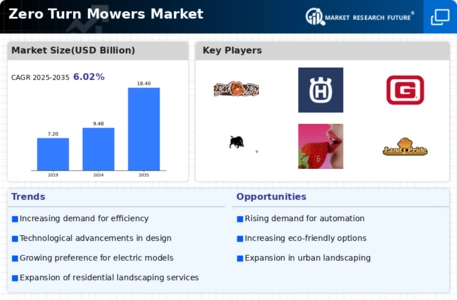
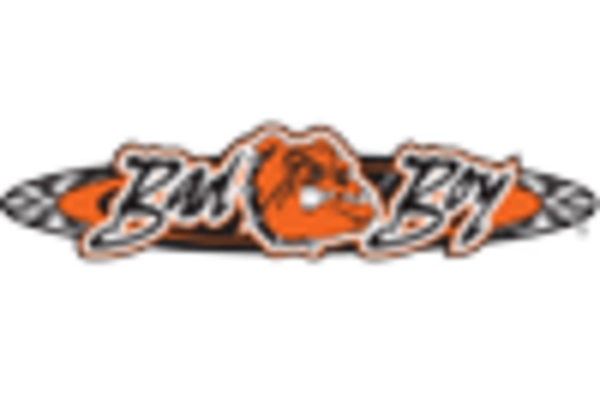
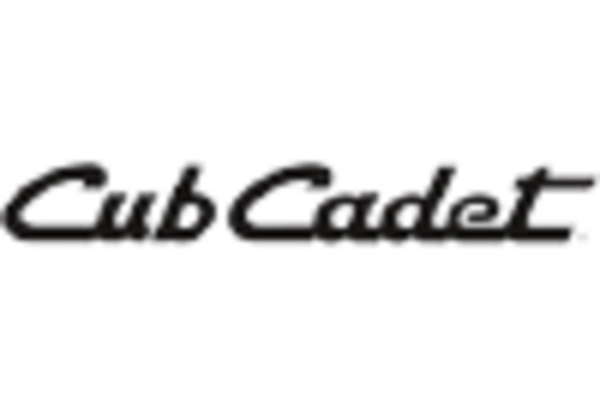
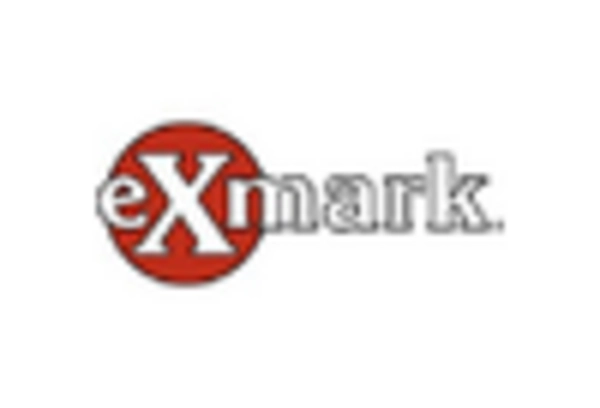

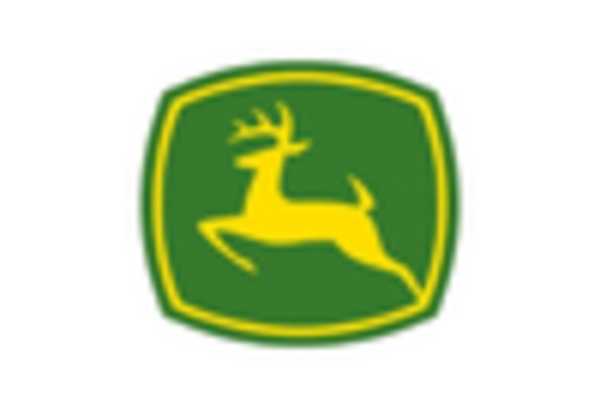
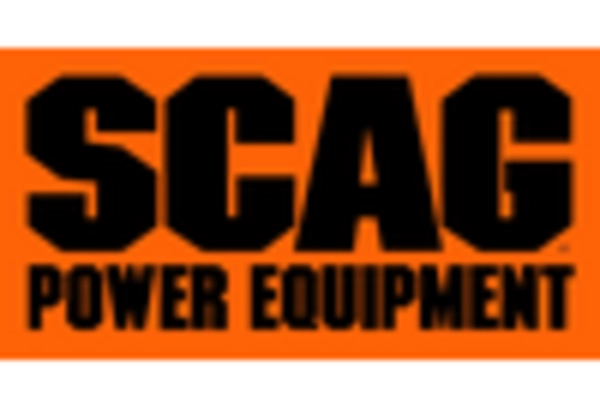









Leave a Comment